Developing a Visio solution usually involves both .Net code and Visio ShapeSheet formulas. Good practice dictates that the source code is saved into a code repository, such as Git, where changes can be committed and commented. Visual Studio 2019 now includes native Git support, and can be linked to Azure DevOps easily. The code can be viewed by others and the changes made by commits can be reviewed. This is tried and tested for the .Net code, but any changes made to a Visio template, stencil or drawing document is a black box. If the Visio document is included in the Git project, then all that is visible is the fact that the file has been changed, but the detail of the actual changes are unknown. There may be some comments with the commit, but that is not a precise definition. So, what if there was a way to easily spot the changes?
Microsoft Visio, and the other Microsoft Office apps, use the Open Packaging Conventions (OPC) format, which is a compressed (.zip) file with folders, mainly containing .xml files. When you make a minor change to your template you normally only change a couple of these xml files. For example, if you change one master in your Visio template then only one contained xml file is materially changed, apart from the timestamp, and possibly the windows sizes and positions, in other xml files.
This also works for Open Office XML documents and AutoCAD web drawings. You can see a complete list on Wikipedia.org.
To get the contents of the file, simply rename it to <mytemplate>.zip and (in Windows) open it in File Explorer. You can read more about the Visio XML file format at your leisure.
But we’re interested in saving it, automatically, to a Git repository, and to be able to see the changes through each commit. In this example, there is a single Visio template called, Custom Flowchart.vstx, that contains 5 masters which are customised versions of the same-named built-in ones (with the Match master by name on drop option ticked, of course.)
In the following screenshot of Azure DevOps, notice that there is a Custom Flowchart.vstx folder that contains the sub-folders and files within them. These are all within an Expanded folder, and are, in fact, an automatically created unzipped copy of the Custom Flowchart.vstx file that is still visible in the Documents folder. In addition to being unzipped, the xml files are prettified so that each xml element is on a separate line, making it much easier to review changes. The xml text inside Visio xml documents is all in one line, making it impossible to spot the differences without extracting historical files to use within a viewer that can prettify automatically.
So, the process required is to copy, unzip and prettify each specified Visio, or other OPC, document. This means that there will initially be a large number of folders and files added to the repository, but then only the deltas will be required subsequently.
Even though VS 2019 now has a dedicated Git menu and windows, it does not expose the hidden .git/hooks folder that is automatically created in the solution folder. See this article for more ideas. There are a number of sample files in that folder, and now a two line pre-compile file containing the following lines:
#!/usr/bin/env sh
dotnet run --project prettyunzip --extract "Documents/Custom Flowchart.vstx" "Documents/Expanded"This simply executes a small C# DotNet Core app, prettyunzip, with the arguments to extract a specified file into a specific folder. This was my first time writing a DotNet Core app, so I followed the walkthrough at Microsoft Docs. I then copied and adapted the example from Tom Laird-McConnell on GitHub. I added code to iterate a directory from Microsoft Docs, and finally include Bash command as shown on loune.net.
This is the code block that performs the extract, passes the folder through to the WalkDirectoryTree(…) method where it is prettified, and then the whole folder is added to Git.
var folder = (args.Length == 3) ? args[2] : Path.GetFileNameWithoutExtension(args[1]);
var fi = new FileInfo(args[1]);
var subfolder = fi.Name;
var fullfolder = Path.Combine(folder, subfolder);
if (fullfolder.Length > 0 && Directory.Exists(fullfolder))
{
Directory.Delete(fullfolder, true);
}
Console.WriteLine($"Extracting {args[1]} to {fullfolder}");
ZipFile.ExtractToDirectory(args[1], fullfolder);
var rootDir = new DirectoryInfo(fullfolder);
WalkDirectoryTree(rootDir, "xml", true);
var result = Bash(@$"git add {folder}" );The WalkDirectoryTree() has two additional parameters to the original:
- string extension – allows the “xml” extension to be used in the root.GetFiles(“*.{extension}”) call
- bool prettify – instructs to prettify if true as follows:
if (prettify)
{
var doc = XDocument.Load(fi.FullName);
doc.Save(fi.FullName);
}That’s all that is required to prettify and xml file, since it is the default action of XDocument.Save(…)!
The last action is to execute the Bash command:
public static string Bash(string cmd)
{
var escapedArgs = cmd.Replace("\"", "\\\"");
var process = new Process()
{
StartInfo = new ProcessStartInfo
{
FileName = "C:/Program Files/Git/bin/bash",
Arguments = $"-c \"{escapedArgs}\"",
RedirectStandardOutput = true,
UseShellExecute = false,
CreateNoWindow = true,
}
};
process.Start();
string result = process.StandardOutput.ReadToEnd();
process.WaitForExit();
return result;
}I am not concerning myself with editing the unzipped xml files in Git, because I always make Visio ShapeSheet edits in the Visio for the Desktop application. I merely want to have a record of changes made to the Visio ShapeSheet for transparency and understanding.
For now, I am running the prettyunzip project that is in the same solution as my Visio project, but I do have the option to install locally or globally.
I would like to thank my long-time friend and colleague, Nick Ajderian of Flikk.net, for help in working out this process, and, also a not-quite-as-long-time friend and fellow Visio MVP, John Goldsmith of visualSignals.co.uk, for pointing me towards DotNet Core.
Fixing dimensions of 2D shapes
I am often asked what makes Visio unique and makes it stand out from the crowd, especially in today’s online world. Well, I think there are many reasons, but one of them is the ability to create scaled drawings with parametric components of specific dimensions. This was crucial for my adoption of Visio back in…
Smart Radio Buttons and Check Boxes in Visio
A recent project requires an interactive tutorial within Microsoft Visio desktop where a lot of the questions need a single answer using radio buttons, or multiple-choice answers using check boxes. I thought that this would be a great use of the list containers capability because the questions and answers could be part of the container…
Using Button Face Ids in Visio
Microsoft Visio desktop has the ability to display icons from a built-in list of Office icons on Actions and Action Tags (nee Smart Tags). These can be set in the ShapeSheet by using the desired number from several thousand in the ButtonFace cell. Although there is the ability to add better icons using code, the…
Grid Snapping Revisited
I have previously tackled the subject of snapping to grids in Visio desktop (see https://bvisual.net/2018/06/19/really-snapping-to-grids-in-visio/ ) but a recent project required me to improve the example because it did not respond to all cursor arrow keys. The problem was that the previous solution could not understand which arrow key had been clicked, therefore it did…
Synchronizing Visio Shape Fill Color (or almost any cell) across pages
I was recently asked how the color of one shape can be changed and for other shapes to be automatically updated to the same color … even if they are on different pages! Well, it is possible with Microsoft Visio’s awesome ShapeSheet formulas. In fact, this capability is not limited to the FillForegnd cell ……
Positioning Visio Shape Text Block with a Control Handle
I was recently asked how a control handle can be added to a Visio shape so that it can be used to re-position the text block. Fortunately, it is extremely easy to setup, and requires just two formulas to be updated in the ShapeSheet. This is a great use of the SETATREF(…) function. (more…)
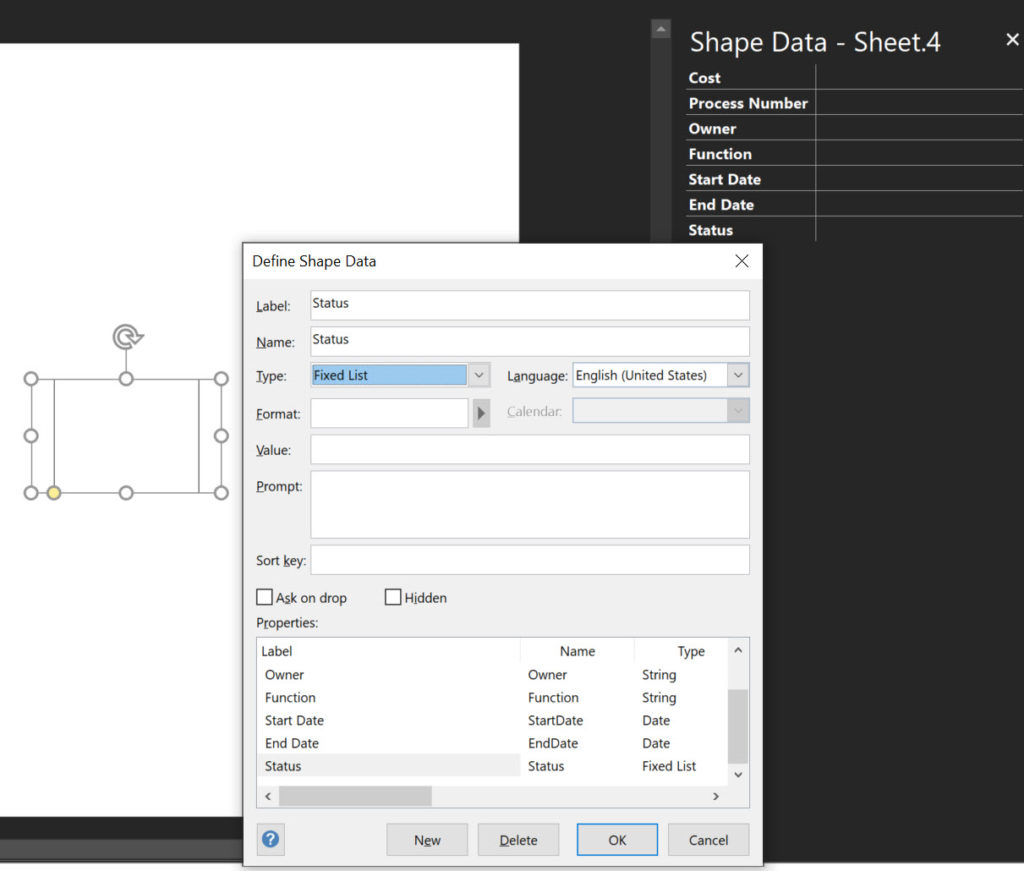

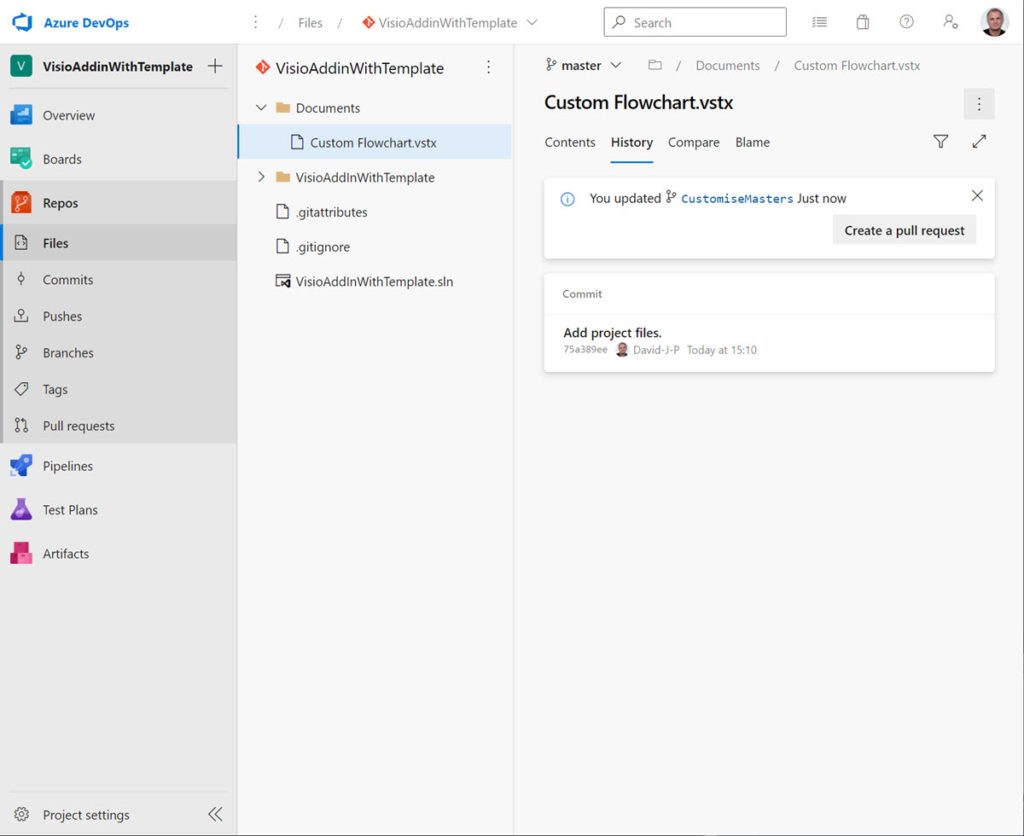
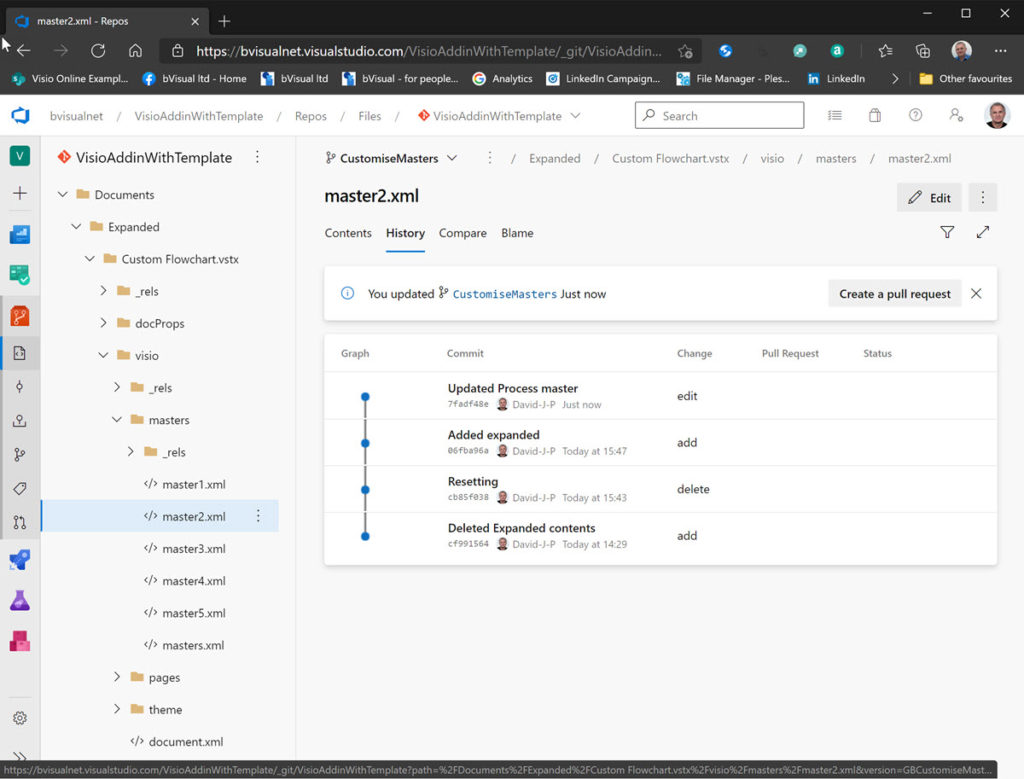
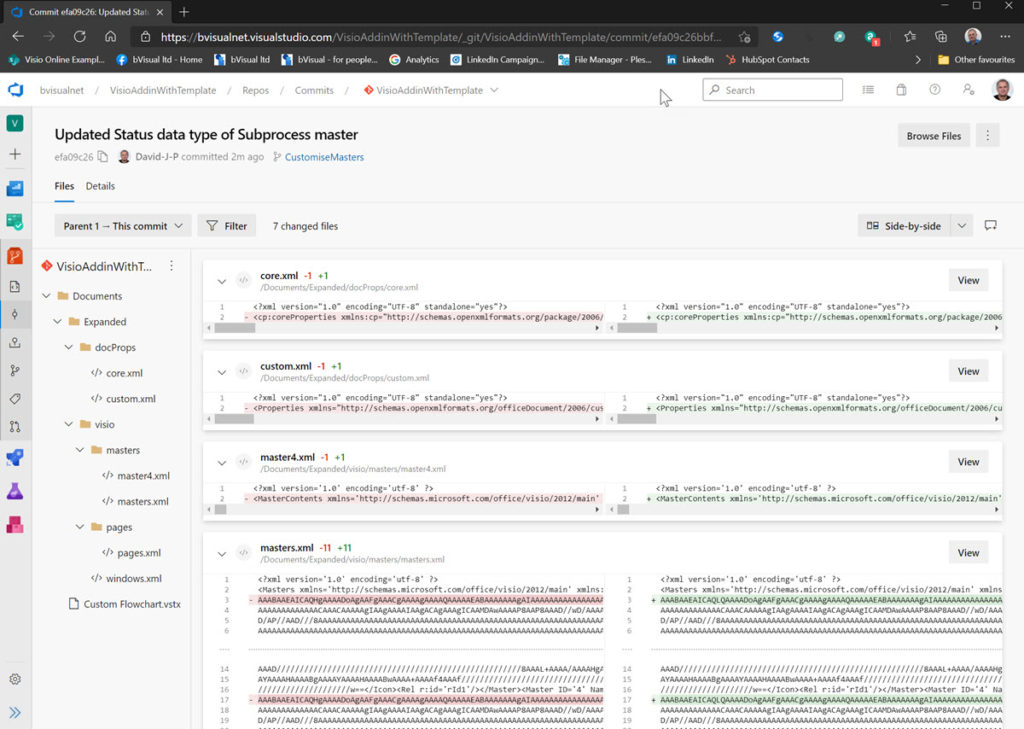
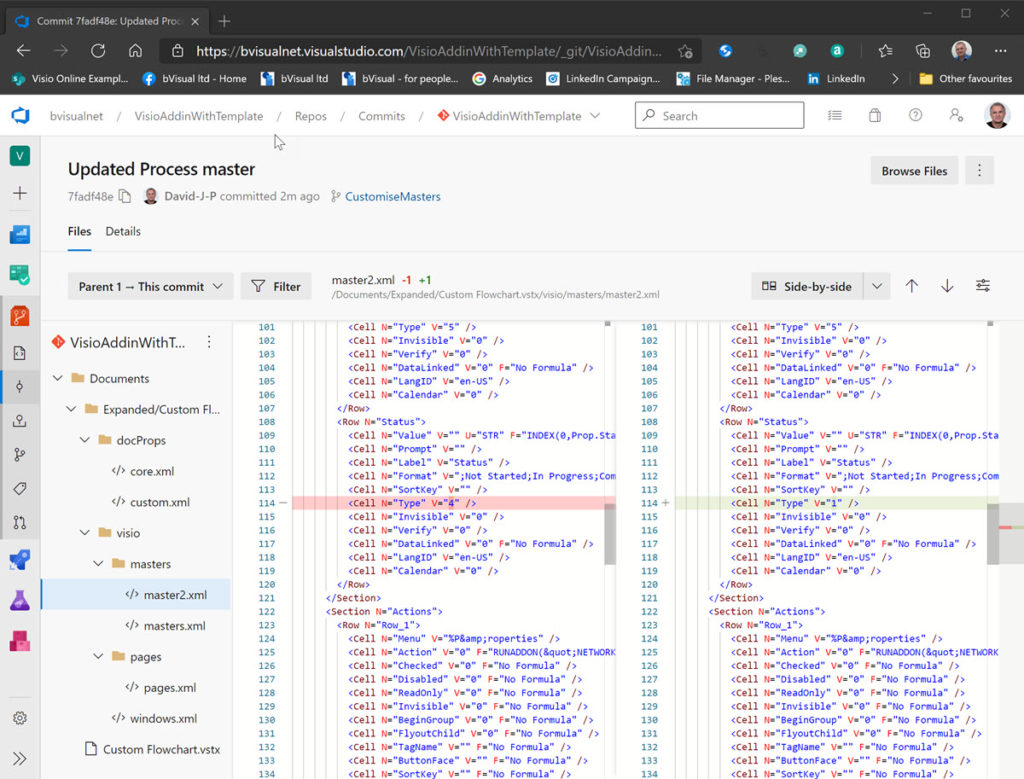
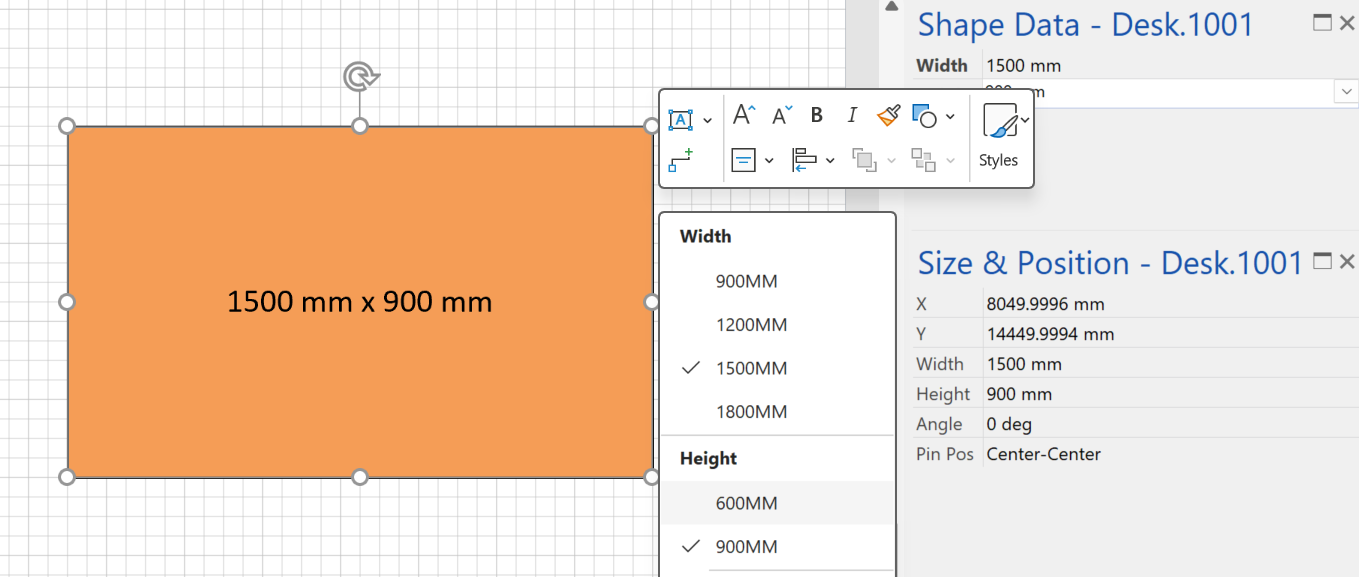
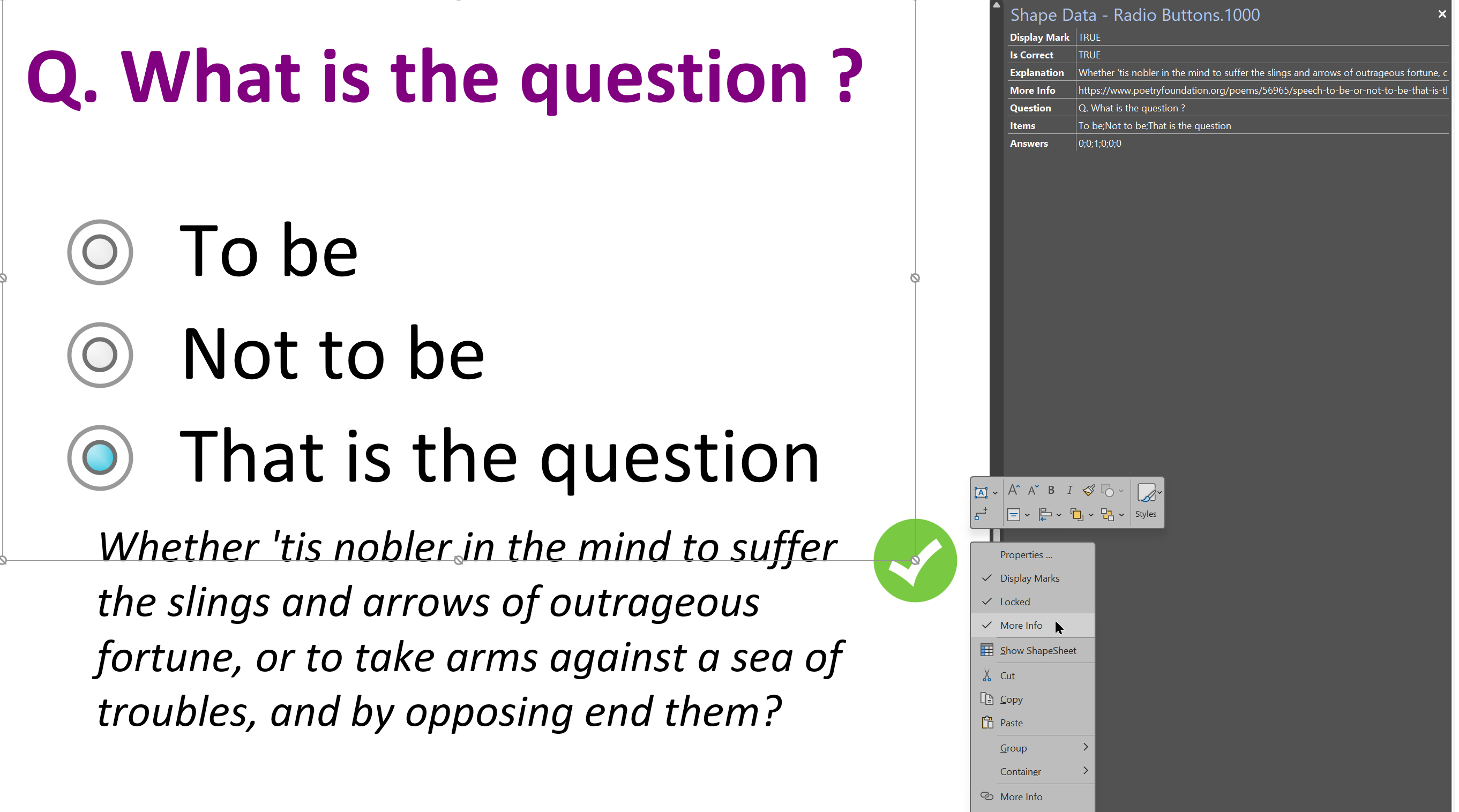
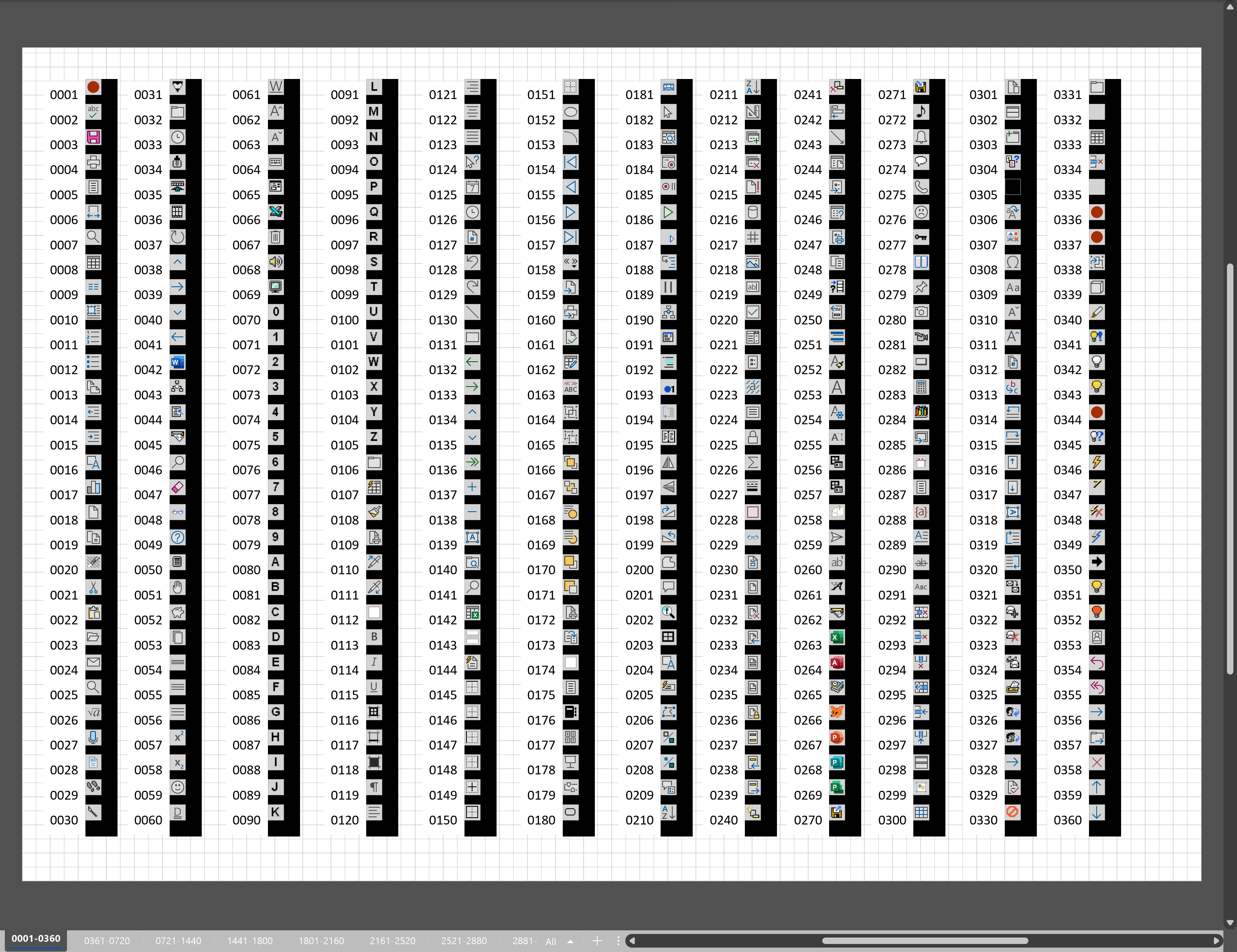
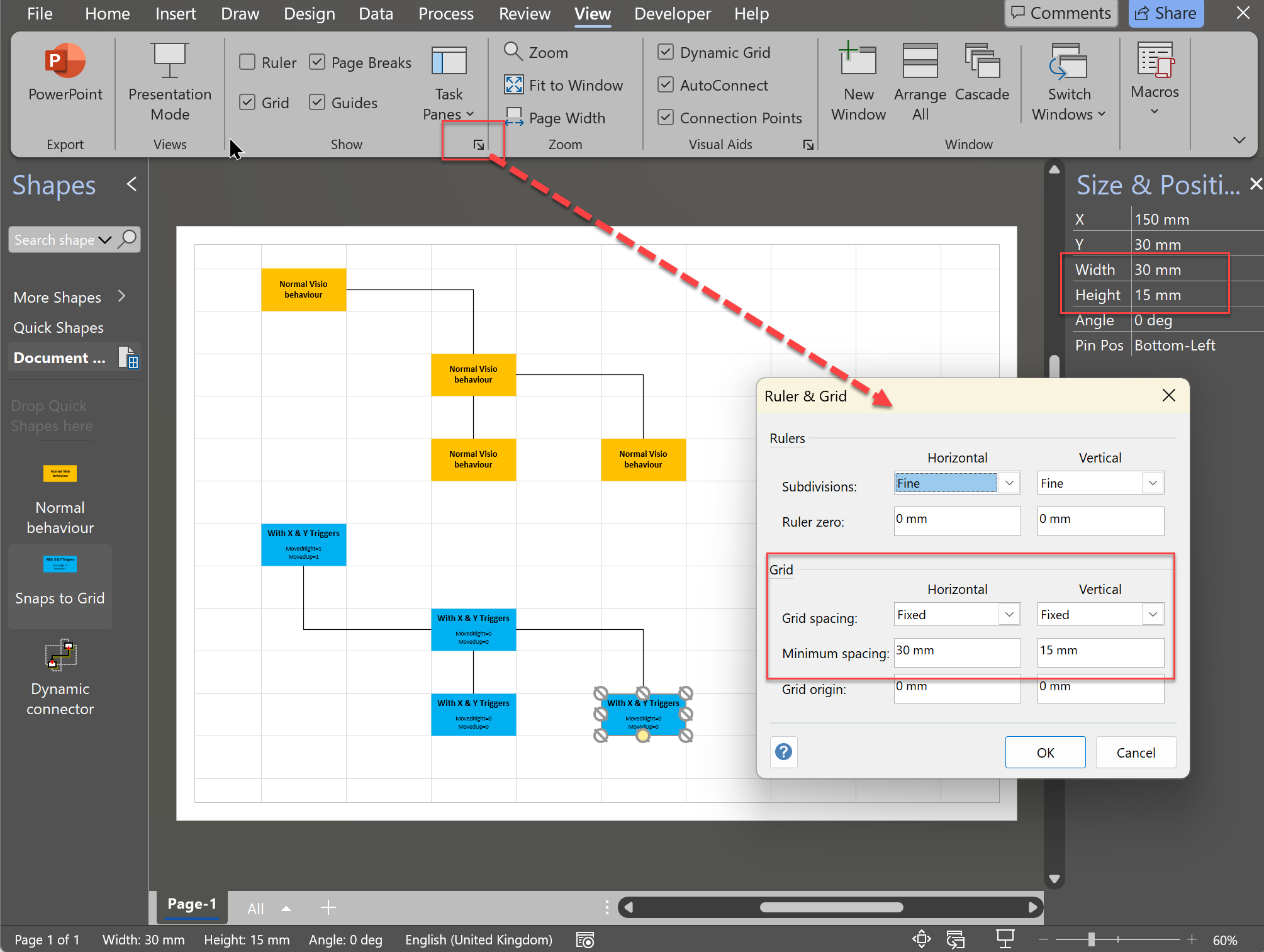
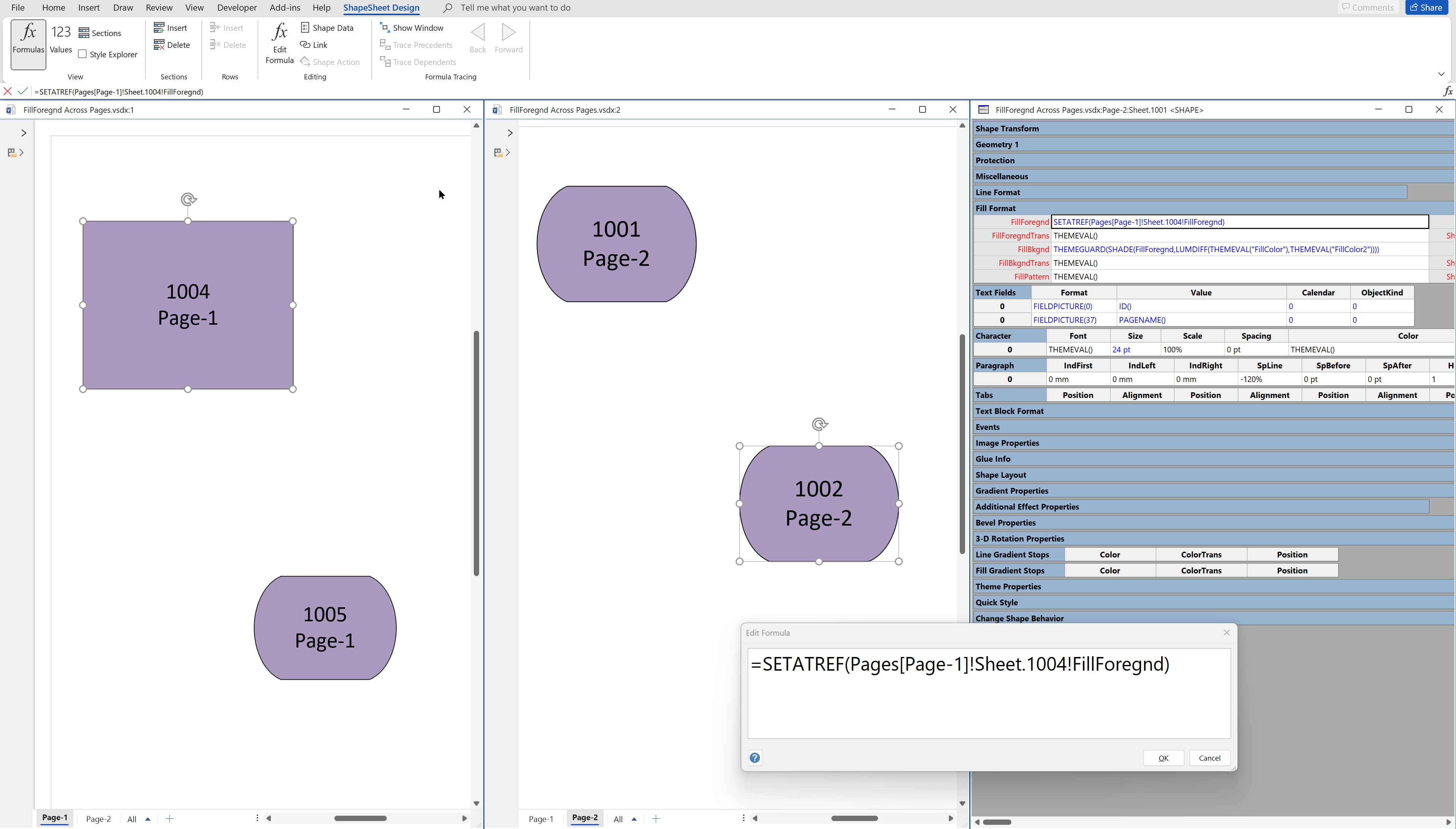
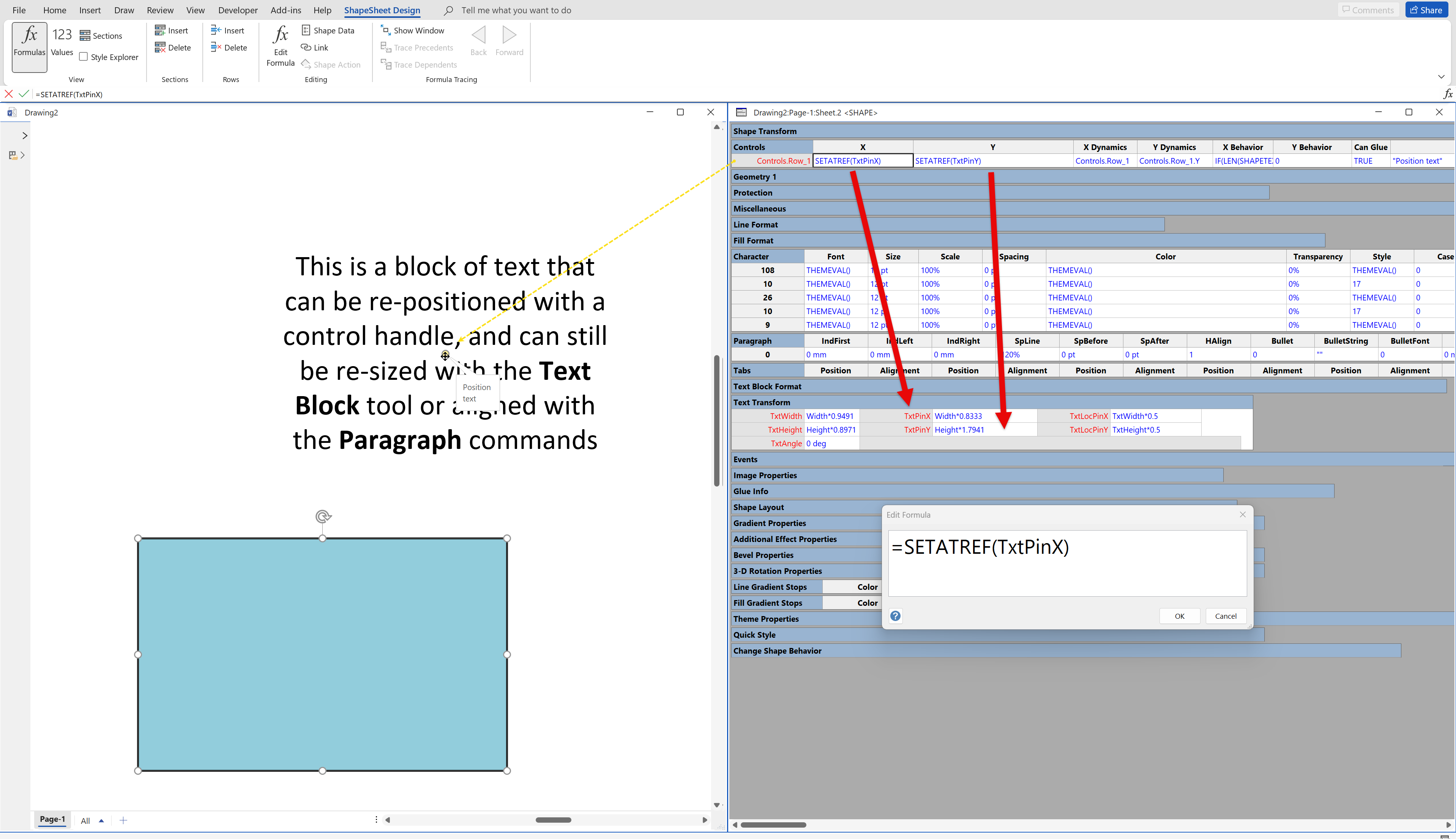
Leave a Reply